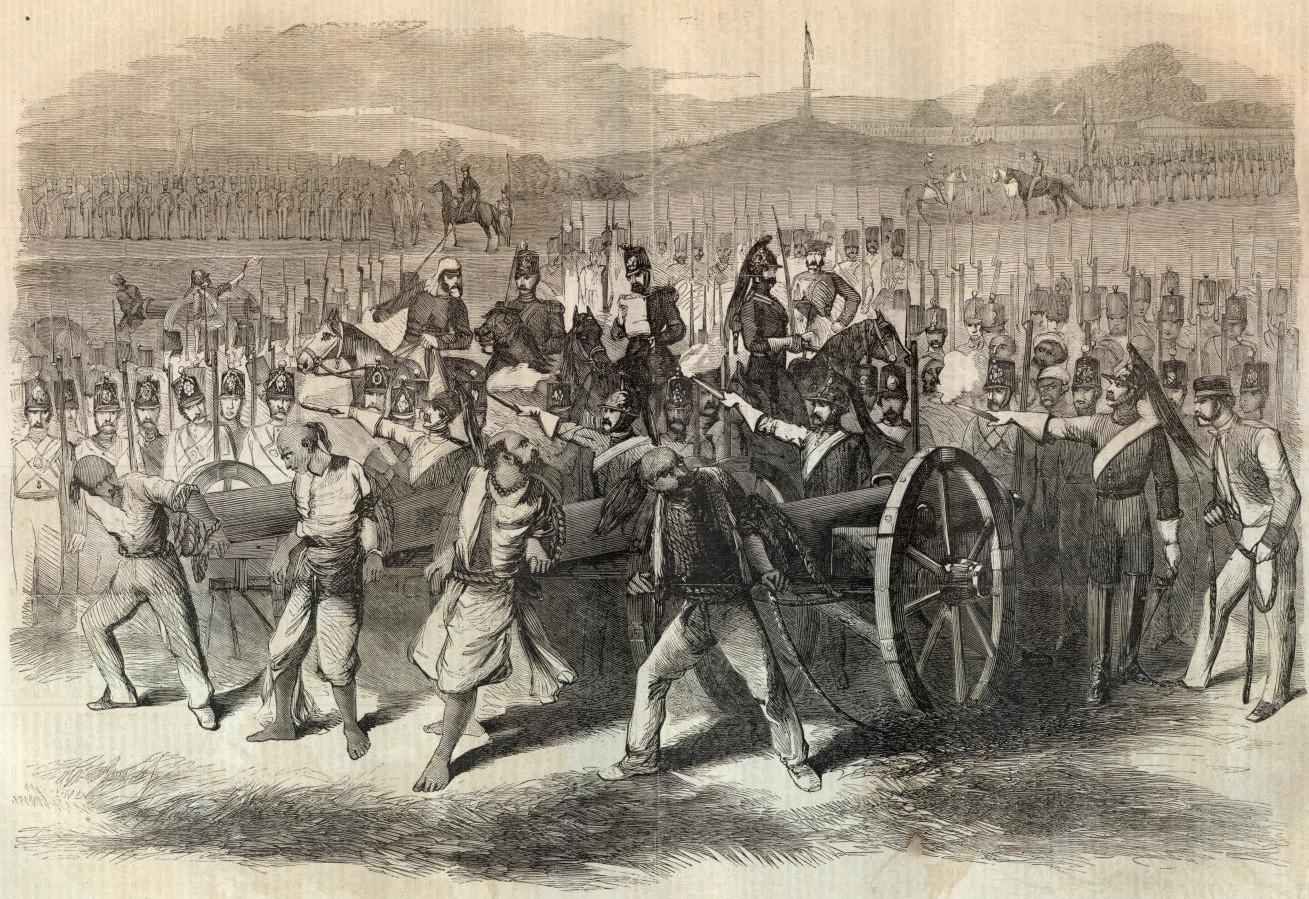Economic Impact Of British Rule – History Notes For W.B.C.S Examination.
ব্রিটিশ শাসনের অর্থনৈতিক প্রভাব – WBCS পরীক্ষার জন্য ইতিহাসের নোট ।
- There was hardly any aspect of the Indian economy that was not changed for better or for worse during the entire period of British rule down to 1947.Continue Reading Economic Impact Of British Rule – History Notes For W.B.C.S Examination.
Disruption of Traditional Economy
- The economic policies followed by the British led to the rapid transformation of Indian’s economy into a colonial economy whose nature and structure were determined by the needs of the British economy that totally disrupted the traditional structure of the Indian economy.
Ruin of Artisans and Craftsmen
- There was a sudden and quick collapse of the urban handicrafts, which had for centuries made India’s name a byword in the markets of the entire civilized world.
- Indian goods made with primitive techniques could not compete with goods produced on a mass scale by powerful steam-operated machines.
- The development of railways enabled British manufactures to reach and uproot the traditional industries in the remotest villages of the country.
- The gradual destruction of rural crafts broke up the union between agricultural and domestic industry in the countryside and thus contributed to the destruction of the self-sufficient village economy.
- In the very beginning of British rule in Bengal, the policy of Clive and Warren Hastings of extracting the largest possible land revenue had led to such devastation that even Cornwallis complained that one-third of Bengal had been transformed into “a jungle inhabited only by wild beasts.”
- Over a period of time, the British rule introduced the concept of transferability of land; likewise, the British revenue system enabled the money-lender or the rich peasant to take possession of land.
- The process of transfer of land from cultivators was intensified during periods of scarcity and famines.
- By the end of the 19th century, the money-lender had become a major curse of the countryside and an important cause of the growing poverty of the rural people.
- In 1911, the total rural debt was estimated at Rs 300 crores and by 1937, it was 1,800 crores.
- The pressure of taxation and growing poverty pushed the cultivators into debt, which in turn increased their poverty.
- The growing commercialization of agriculture also helped the money-lendercum-merchant to exploit the cultivator.
- The Permanent Settlement in North Madras and the Ryotwari Settlement in the rest of Madras were equally harsh.
Stagnation and Deterioration of Agriculture
- Following were the major reasons for stagnation and deterioration of agriculture −
- Overcrowding of agriculture;
- Excessive land revenue demand;
- Growth of landlordism;
- Increasing indebtedness; and
- The growing impoverishment of the cultivators.
- Indigo manufacture was introduced in India at the end of the 18th century and flourished in Bengal and Bihar.
- Indigo planters gained notoriety for their oppression over the peasants who were compelled by them to cultivate indigo. This oppression was vividly portrayed by the famous Bengali writer Dinbandhu Mitra in his play “Neel Darpan” in 1860.
- The invention of a synthetic dye gave a big blow to the indigo industry and it gradually declined.
Poverty and Famines
- The poverty of the people found its culmination in a series of famines which ravaged all parts of India in the second half of the 19th century.
- The first of these famines occurred in Western U.P. in 1860-61 and cost over 2 lakh lives.
- In 1865-66, a famine engulfed Orissa, Bengal, Bihar, and Madras and took a toll of nearly 20 lakh lives; Orissa alone lost 10 lakh people.
- Perhaps the worst famine in Indian history till then occurred in 1876-78 in Madras, Mysore, Hyderabad, Maharashtra, Western U. P., and Punjab
- Madras lost nearly 35 lakhs,
- Maharashtra lost 8 lakh people,
- Mysore lost nearly 20 per cent of its population, and
- U. P. lost over 12 lakhs.
- The famine of 1896-97 affected over 9.5 crore people of whom nearly 45 lakhs died. The famine of 1899-1900 followed quickly and caused widespread distress.
- In spite of official efforts to save lives through the provision of famine relief, over 25 lakh people died.
- Apart from these major famines, many other local famines and scarcities occurred. William Digby, a British writer, has calculated that, in all, over 28,825,000 people died during famines from 1854 to 1901.
- Another famine in 1943 carried away nearly 3 million people in Bengal.
- These famines and the high losses of life in them indicate the extent to which poverty and starvation had taken root in India.
Our own publications are available at our webstore (click here).
For Guidance of WBCS (Exe.) Etc. Preliminary , Main Exam and Interview, Study Mat, Mock Test, Guided by WBCS Gr A Officers , Online and Classroom, Call 9674493673, or mail us at – mailus@wbcsmadeeasy.in
Visit our you tube channel WBCSMadeEasy™ You tube Channel
Please subscribe here to get all future updates on this post/page/category/website



 Toll Free 1800 572 9282
Toll Free 1800 572 9282  mailus@wbcsmadeeasy.in
mailus@wbcsmadeeasy.in


















































































































